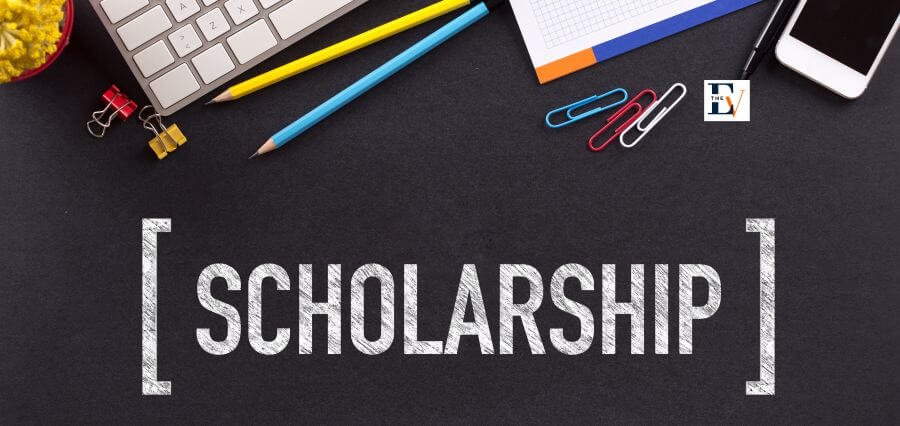On its campus, the Indian Institute of Technology Kanpur (IITK) has built a DRDO-Industry-Academia Centre of Excellence (DIA CoE) in partnership with the Defence Research and Development Organisation (DRDO). The centre is evidence of the academic community, DRDO and IITK’s common goal of promoting multidisciplinary research in next-generation defence technology. It is a component of the DIA CoEs that DRDO established in significant educational institutions across the nation, establishing an ecosystem that promotes technology development in the classroom through knowledgeable instructors and talented students working together with the various scientists from DRDO laboratories.
With its recent inception, the centre is well-positioned to achieve notable progress in targeted research. The initial focus will be on specific research and development verticals, such as: Printing on Flexible Substrates, which will build devices and systems based on thin films for strategic applications; Advanced Nanomaterials, which will fundamentally contribute to material selection and design; Accelerated Material Design and Development, which will focus on modeling high-performance explosives and predicting metalized explosives’ performance; and Bio-Engineering, which will develop technologies for applications ranging from wound healing to sensing hazardous agents. The future of defence technologies could greatly benefit from these study areas.
As the Director of DIA CoE at IIT Kanpur, Sanjay Tandon, a former head of the Institute of Technology Management in Mussoorie, is in charge of the organization’s strategic initiatives and cooperative efforts. In order to support and enhance R&D programs within designated verticals, DRDO would fund the projects and construct essential technical facilities and contemporary infrastructure.
Established in 1959, the Indian Institute of Technology Kanpur was designated as an Institute of National Importance by the Indian government by a Parliamentary Act. The institute is most renowned for its groundbreaking contributions to R&D over the years and for its high standards of instruction in science and engineering. With more than 580 full-time academic members and almost 9000 students, it has 19 departments, 25 centers and three multidisciplinary programs in engineering, science, design, humanities and management.
Read More: https://educationviewindia.com/





